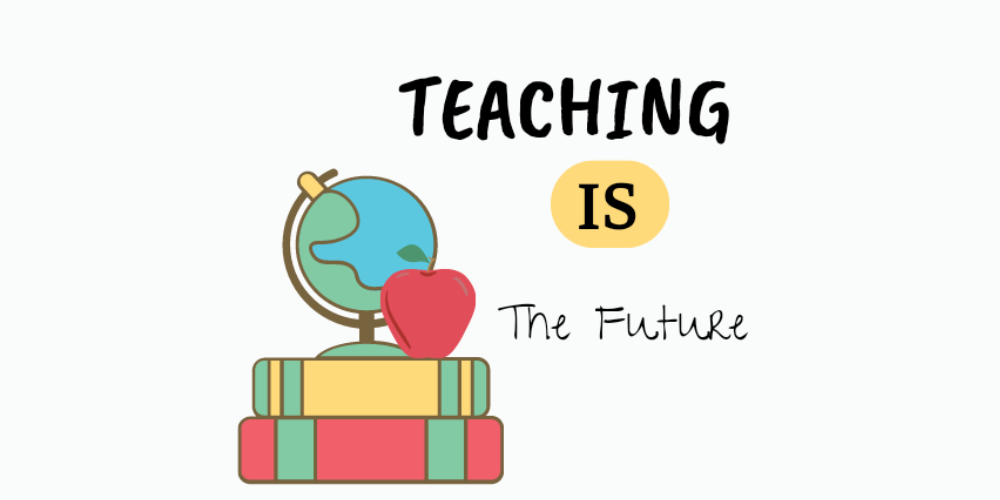Reflect and Create: Memory Books and Reflection Worksheets for Students

Introduction
Encouraging students to reflect on their learning experiences can lead to deeper understanding and personal growth. Memory books and reflection worksheets provide a creative and structured way for students to document their thoughts, achievements, and lessons learned throughout the school year. These tools not only foster self-awareness but also enhance writing and critical thinking skills. In this blog post, we will explore the benefits of using memory books and reflection worksheets in the classroom and offer tips for implementing them effectively.
Content
Why Use Memory Books and Reflection Worksheets?
Memory books and reflection worksheets serve as valuable educational tools that help students capture and review their learning journeys. These activities promote introspection, allowing students to recognize their progress, set future goals, and appreciate their achievements. Additionally, they provide a keepsake that students can cherish for years to come.
Keyword: Memory Books and Reflection Worksheets
Benefits of Reflective Learning
Reflective learning encourages students to think critically about their experiences and understand their personal and academic growth. This process helps students:
- Develop Self-Awareness: By reflecting on their experiences, students gain insights into their strengths, weaknesses, and learning styles.
- Enhance Critical Thinking: Reflective activities require students to analyze and evaluate their actions and decisions.
- Boost Confidence: Acknowledging their accomplishments can build students' confidence and motivation.
Keywords: Reflective Learning, Student Self-Awareness
Creating Effective Memory Books
Gather Materials:
Provide students with blank journals, colored pencils, markers, stickers, and other decorative supplies to create their memory books.
Organize by Themes:
Divide the memory book into sections such as "My Favorite Projects," "Challenges I Overcame," "Goals for the Future," and "Personal Reflections." This organization helps students focus their thoughts and creates a cohesive narrative.
Incorporate Prompts:
Use prompts to guide students' reflections. Examples include:
- "What was the most challenging project you completed this year and why?"
- "Describe a moment when you felt proud of your work."
- "What goals do you have for next year?"
Encourage Creativity:
Allow students to express themselves through drawings, photos, and creative writing. This personal touch makes the memory book more meaningful and engaging.
Keywords: Student Memory Book, Reflective Prompts
Designing Reflection Worksheets
Focus on Key Areas:
Design worksheets that cover important aspects of student growth, such as academic progress, personal development, and social interactions.
Use Open-Ended Questions:
Encourage deeper reflection with questions that require thoughtful responses. Examples include:
- "What did you learn about yourself this year?"
- "How did you handle a difficult situation, and what would you do differently next time?"
- "What are three things you are grateful for from this school year?"
Incorporate Visual Elements:
Add spaces for drawings or diagrams that allow students to visualize their thoughts and experiences.
Review and Discuss:
Allocate time for students to share their reflections with peers or in small groups. This discussion can provide new perspectives and enhance the reflective process.
Keywords: Reflection Worksheets, Student Growth
Using Evidence and Sources
Support reflective learning by referencing educational theories and practices that highlight the benefits of reflection. Use credible sources such as educational journals, books, and expert articles to provide a solid foundation for your activities.
Keywords: Educational Sources, Reflective Practices
Conclusion
Memory books and reflection worksheets are powerful tools that can transform students' learning experiences. By encouraging reflection and creativity, these activities help students gain valuable insights into their academic and personal growth. Implementing these tools in your classroom not only enhances critical thinking and self-awareness but also creates lasting memories for your students. Embrace the power of reflection and creativity, and watch your students thrive!
Keywords: Reflective Learning, Student Creativity
Categories: Education, Learning Tools, Personal Development






